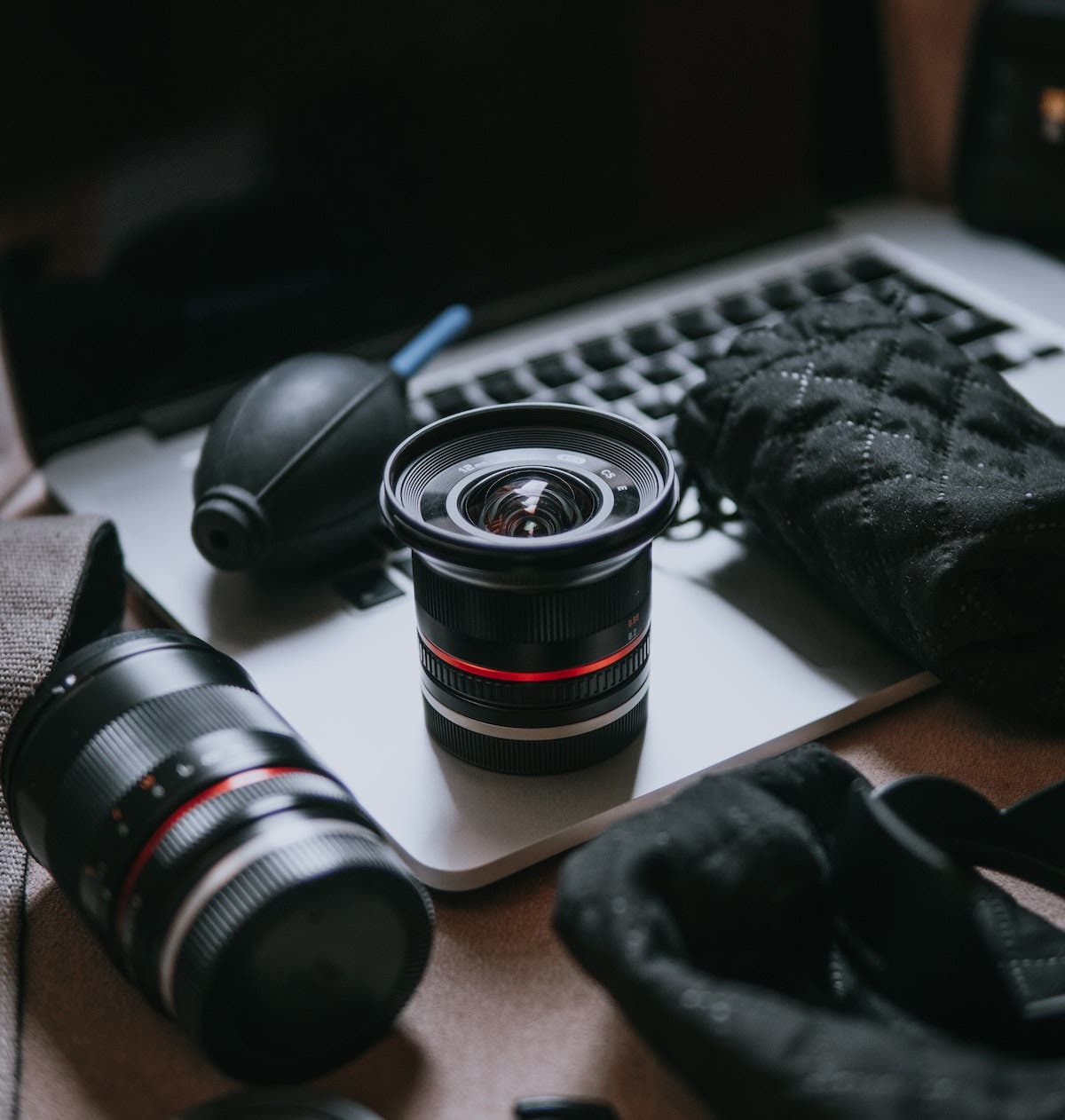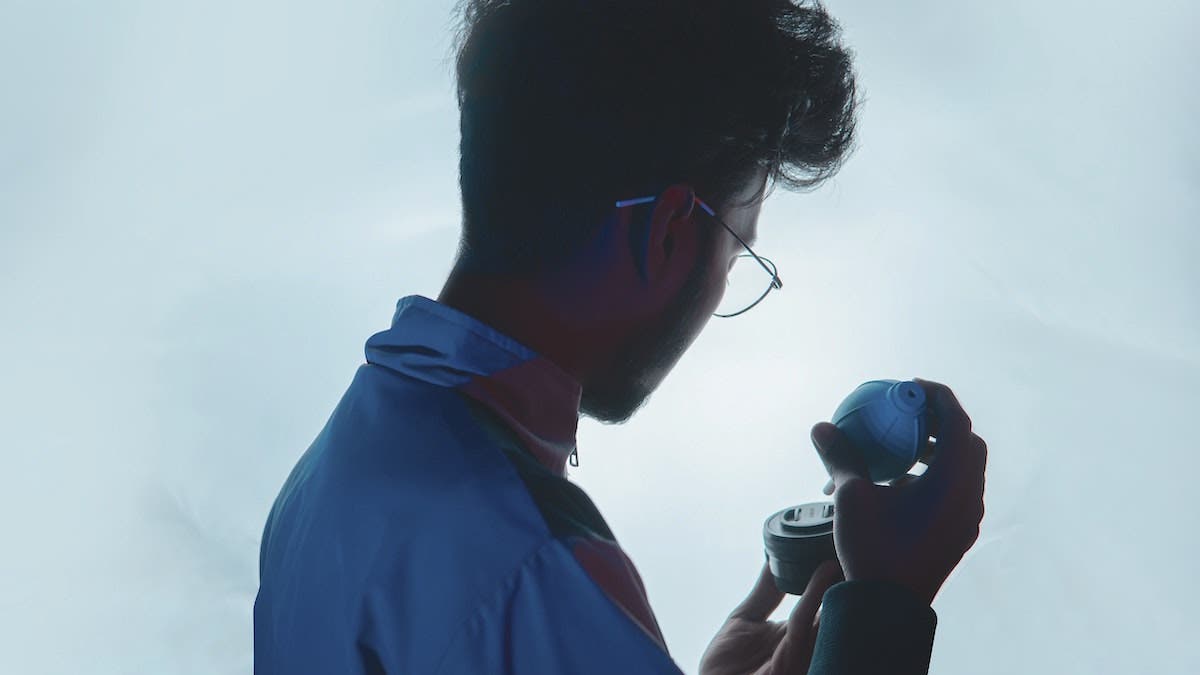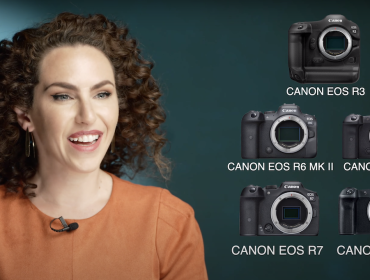If you love taking photographs outdoors, or getting very close to subjects such as plants and insects, you should know that your lens will soon need a cleaning session. Even if you don’t take your camera outside the studio, dirt, dust, grime, and all sorts of impurities will eventually build up on your lens and prevent you from taking high-quality photographs. At that point, you have two options: take your lens to a professional repair shop or clean it yourself using a camera lens cleaning kit.
A camera lens cleaning kit is the less expensive and faster option. You can take it with you on your photography trips and clean the lens from time to time. The kit comes in handy regardless of your preferred photography genre. The type of camera you own and how often you use it doesn’t matter either. So, here is everything you need to know about a camera lens cleaning kit and how to use it.
What’s in a Camera Lens Cleaning Kit?
The best camera lens cleaning kits include products for all situations — from having a little bit of dust on the lens to greasy stains. Look for kits that provide at least a high-quality microfiber cloth, a cleaning solution, a brush or pen, and an air blower. Here’s what to know about each:
Cleaning Solution
Professional optical cleaning solutions are designed for photographic use and are safe for the lens and camera surfaces. They contain the proper chemicals that remove grime and dirt without affecting the glass quality. Cleaning solutions are your only option for wet cleaning of the lens. They come as sprays or drops to avoid wetting the lens too much.
Lens Cleaning Pen/Brush
A lens cleaning pen or brush helps remove dry particles without damaging the lens. They are the best solution for dry cleaning the lens. However, a brush doesn’t remove oil, grease, or water stains. For that, you need a combination of dry and wet cleaning. If a large surface of the lens needs cleaning, a cleaning solution works better.
But if you only have a small stain or fingerprint to remove, a pen may be a faster and more efficient option. A pen has a container with a cleaning solution that replenishes a pad, similar to how a marker works. They come in different sizes and sometimes incorporate a brush too.
Air Blower Cleaner
An air blower cleaner is a small manual pump that blows off the dust from the lens. It’s useful for dry cleaning hard accessible spaces, such as near the edges of the lens, textured surfaces, and others. They also come in different sizes. Larger versions have more power but are less portable.
Microfiber Cleaning Cloth
A high-quality microfiber cloth is your best ally in fighting dirt, dust, and oily stains. It doesn’t scratch the lens and helps you perform both wet and dry cleaning. A good microfiber cloth doesn’t spread the stains nor cause a foggy lens. Use it only for cleaning your lenses and wash it carefully.
Carry Case
You need a carry case to take the camera lens cleaning kit with you and have it at hand all the time. The case keeps all the cleaning items tidy and takes as little space as possible in your gear bag. Make sure the case is durable and made of sustainable materials.
Best Camera Cleaning Kits
Check out the best camera lens cleaning kits and start taking care of your gear right now.
Zeiss Lens Cleaning Kit
Zeiss is a renowned company producing high-quality lenses of all types. Their camera lens cleaning kit is designed for cameras, binoculars, and telescopes. It includes a lens cleaning solution, dust brush, microfiber cloth, and 10x pre-moistened lens cloths, and also comes with a fabric case.
ProOPTIC Complete Optics Care and Cleaning Kit
ProOptic provides a complete cleaning kit that includes a lens cleaning spray, air blower, microfiber cloth, lipstick-like fine brush, ten cleaning wipes, and a sturdy fabric case. The kit is designed for all camera lenses, binoculars, video cameras, and other glass elements. It weighs only 130 grams.
Giottos OOptical Cleaning Bundle with Rocket Air Blaster, Brush, and Liquid
If you need a basic cleaning kit for your camera lenses, Giottos’ product is a good choice. It includes a microfiber cloth, air blower, regular brush, and cleaning spray. And although it doesn’t provide the precision needed for cleaning the camera sensor or other high-demanding elements, the kit works very well for compact cameras, lenses, and filters.
Photographic Solutions Swab ULTRA Kit (Type 2) for DX or APS-C Sensors
Swab ULTRA Kit is designed for cleaning lenses, sensors, and other hard-to-reach optical elements with the highest precision. The kit includes four sensor swabs, ten PEC PAD photo wipes, optical cleaning solution, and an e-Wipe Pad Packet. It also comes with a zippered travel pouch.
Celestron Lens Cleaning Kit
Celestron provides a complete camera lens cleaning kit that is easily transportable thanks to a cloth pouch with a convenient belt loop. The kit includes a cleaning fluid, retractable brush, cloth, and ten lens wipes. You can also use the items on other optical glass surfaces, such as binoculars, telescopes, microscopes, and even computer screens and mobile devices.
Movo Photo Deluxe Essentials DSLR Camera Cleaning Kit Pro w/ Magnified LED Loupe
Designed for cleaning any dirty optics, including the sensor, the Movo Deluxe Essentials DSLR Cleaning Kit includes a soft sensor brush, ten APS-C sensor cleaning swabs, air blower, magnified LED loupe, plush cleaning brush, lens pen, four different sizes microfiber cloths, cleaning solution, and a semi-hard case. It’s useful for cleaning any precision optical lenses.
How to Use a Lens Cleaning Kit
A camera lens cleaning kit may provide all the products you need to restore the cleanliness of your gear, but the result depends on how well you use them. As a general practice, be gentle and patient. Take your time when cleaning delicate optical elements and don’t apply too much pressure on them. If it seems that whatever you do, you can’t get rid of the stains, take the camera to a professional repair shop.
Dry cleaning is the first step of the cleaning process. Use the air blower to remove dust and dirt without touching the lens. Try to orient the air blower sidewise and push the dirt away from the lens. Use the tool to clean up the dust from all your camera’s surfaces, such as cogwheels, filters, and caps.

If the air blower isn’t enough, move on to the brush. Like the air blower, the brush removes dry particles from the lens and any other camera surface. Be gentle and don’t press very hard because you may scratch the lens. If you want to clean the sensor, use a specialized brush.
To remove fingerprints, grease, or stains, try wiping the lens with the microfiber cloth first. Again — don’t rub or press too hard because you can end up spreading the dirty film instead of removing it. Wiping the lens with a dry cloth works only so far. For stubborn stains, you need to move on to wet cleaning.
If you have a lens pen and the stain is small, try removing the stain with the pen instead of wetting the entire lens. But if the stain covers the entire lens, use a wet wipe or cleaning solution and a microfiber cloth. Try not to limit the amount of moisture on the camera. For example, if only the filter is stained, remove it from the lens and clean it separately.
Camera Cleaning Kit FAQs
Is a camera cleaning kit necessary?
Yes. A camera lens cleaning kit is necessary because dust gets everywhere — even on a camera lens. Furthermore, even the most careful photographer leaves a fingerprint on the lens at some point. A camera cleaning kit helps you get rid of dust and grease as soon as you notice them and avoid further deterioration of the gear.
How much does a cleaning kit cost?
A basic cleaning kit costs around $20. If you need a professional cleaning kit that can also clean the camera’s sensor or other hard-to-reach elements, the price increases to $50. You also have to consider the consumables because the cleaning solution included in the kit won’t last forever. A cleaning solution alone costs between $10-20.
What is the best material to clean lenses?
Microfiber cloths are the best fabric to clean lenses. They won’t scratch the glass or spread the grease film like other types of fabrics.
What should you not clean lenses with?
You shouldn’t clean lenses with products that aren’t specifically designed for cleaning optical glass elements. Chemicals from soap or other general-purpose cleaning products may affect the quality of the glass. Fabrics and abrasive brushes may scratch the glass surface. Water may infiltrate the lens mechanism and create corrosion and malfunction. Also, know that cleaning your camera lenses correctly is at your own risk, and be sure to follow the instructions that come with the cleaning kit.
Conclusion
When one wants the best for their photography, they usually choose the perfect camera and lenses. When you are in the middle of a photo session, the last thing you want is a dust particle or fingerprint to ruin your photos. Having a camera lens cleaning kit at hand allows you to clean the lenses, filters, and LCDs fast and efficiently without interrupting your work. Moreover, it prevents the accumulation of dirt and deterioration of your gear. So be cautious and prolong the life of your gear by providing the care it needs.






